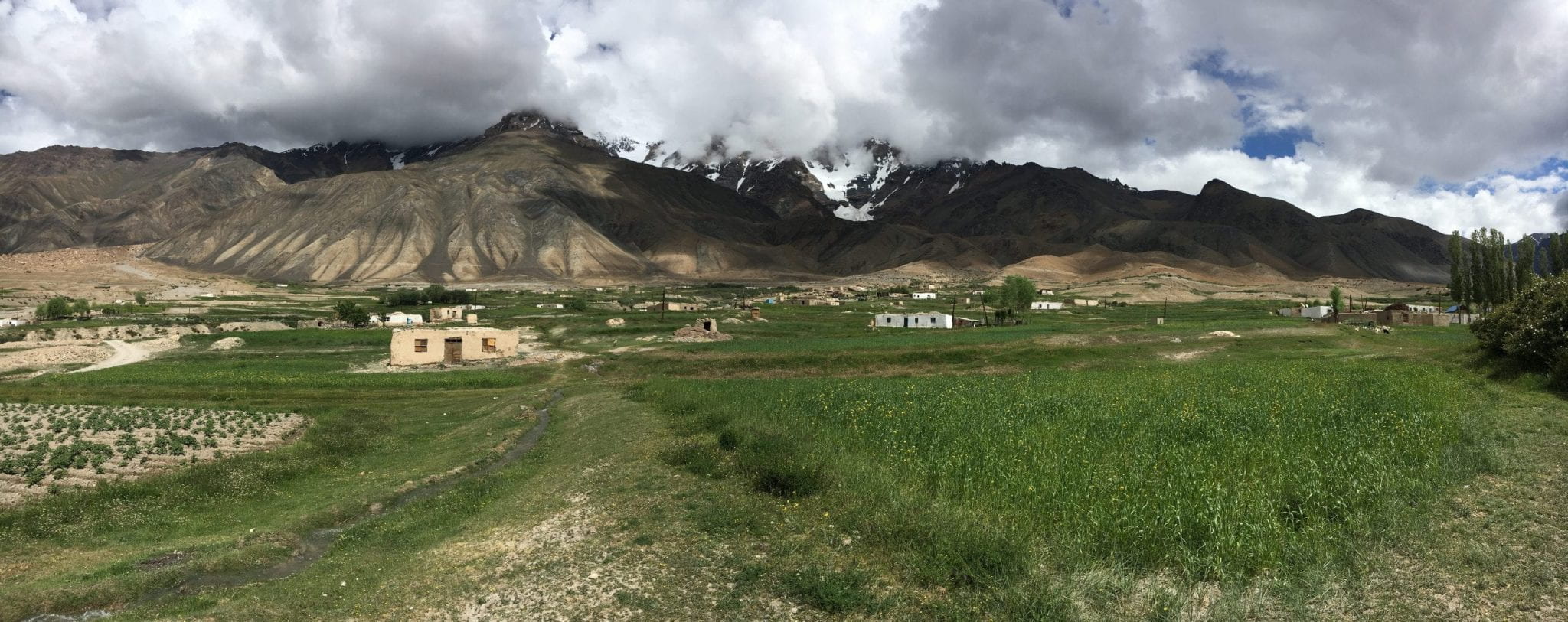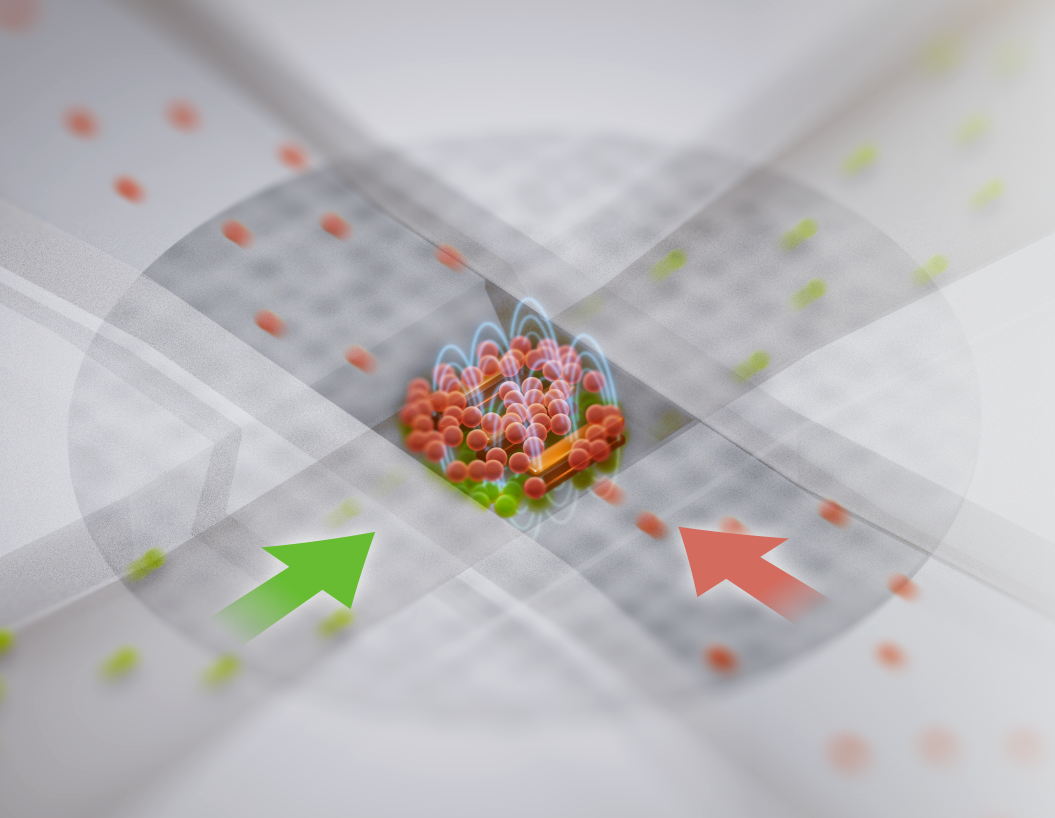After scientists and developers invented augmented reality (AR), many cities began using its applications to boost tourism, protect their cultural heritage and even plan their future. In Dublin, Lichfield and Stirling, local councils have programmed smart apps that use augmented reality as a tourist guide for visitors, and in Zurich, Switzerland, the city has designed wearable smart glasses in front of empty ground to draw a three-dimensional (3D) picture of the buildings on which it might be based in the future.
If reality is the state of things as they exist and as humans actually see them, and virtual reality is a space where imagined objects are translated through programmed aids to appear visually, what would it be like if technology combined both? Hence, the idea of augmented reality was born, to be an improved interactive version of the real world, to which digital visual elements, sounds and other sensory stimuli are added.
The idea of introducing augmented reality to services emerged at a time when the world's governments are facing increasing pressure to provide more services with fewer resources, and calls for a greater role in the decision-making process and higher government transparency are also being heard.
All systems that shape contemporary life are getting smarter every day, from roads, energy networks, water and sanitation systems, through buildings, utilities and telecommunications networks, and not ending with cars and the homes in which we live, causing a dramatic increase in the number of technology users. Also, after the COVID-19 pandemic has changed so much, it can be said that many people have established a self-contained life online.
Thus, countries have turned to the revolutionary augmented reality technology and adopted it as part of the solution, especially with the spread of smart infrastructures, the Internet of Things, broadband networks and the huge amount of direct geographical data.
To further illustrate this, augmented reality is characterised by 3 main elements, the first of which is the combination of digital and physical worlds, then live and direct interactions, and the last of which is the 3D accurate identification of objects and assets, whether virtual or real. Four cities famous for their historical weight have decided to take advantage of these features.
Stirling in Scotland has outlined its ambition to be “the world’s first fully augmented reality city”. Via a phone app, Stirling’s historic city centre and attractions are overlaid with interactive information, graphics and 3D models to create a fully immersive and dynamic experience that no other city currently offers. Stirling Council has invested US$240,000 in the project via funding from the Scottish Government’s Place Based Investment Programme.
The tool’s unique selling point is that it is city-wide and brings together augmented and mixed reality, wayfinding and gamification. Virtual signs respond to users’ needs and interactive games unlock rewards and incentives. Accessibility is another key area. The AR app allows more disabled residents to have tourism experiences virtually – such as the view over Stirling Castle from the Wallace Monument. This hasn’t been possible for some people before due to a spiral staircase which is not accessible for everyone.
The app has also garnered attention across the council, with colleagues intrigued about potential beyond tourism. Planning teams could use the technology to showcase what proposed buildings or other developments would look like and others have spotted educational opportunities.
This is similar to what the City of Zurich does, where Urban Development Zurich (STEZ) has developed an innovative visualisation tool that uses augmented reality, to draw 3D semi-transparent images of future buildings, facilities and infrastructure above and below ground. This tool has turned into part of planning studies, architectural competitions, civil engineering projects, construction and maintenance operations, and even archaeology.
Also, in the city of Lichfield, Lichfield District Council launched the Lichfield Time Travellers App, which offers visitors historical narratives based on augmented reality. The app features a map of the city centre to navigate to the 12 Time Portal locations and there is a variety of artefacts to collect. At each of the dozen locations, Time Portals can be opened by scanning the area and a figure from Lichfield’s past is pulled through to tell their story. It is an amazing opportunity to push the limits of what these new 3D, interactive and location-based technologies can do to bring stories and history to life across a dynamic heritage environment.
Dublin City Council (DCC) launched Dublin Discovery Trails – ‘Doors into Docklands’, the first in a series of mobile application based immersive discovery trails with innovative augmented reality. The App, which has been co funded by Dublin City Council and Fáilte Ireland through its Destination Town Investment Scheme, will help to further unlock the tourism potential of the Docklands by bringing the area and its story to life for visitors in a new and immersive way.
This app is an innovative way to see the history of the Docklands come to life through augmented reality which combines the real-world history with smart technology.
Doors into Docklands is aimed at locals and visitors to the City who want to know more about and experience the history of the Docklands from a new and unique perspective. It uses a Wi-Fi or data connection to download the initial content including the geo-enabled landmarks and map. These landmarks will be a prompt for visitors to point their phones where the images and videos will then appear. There is no need for a live data connection while using the app, as everything is stored on the phone after the initial content download.
The Dublin authorities aspire to attract visitors to Dublin’s historical areas in different ways, to strengthen its position as a global tourist destination and to lay the cornerstone of the country's strategy towards smart tourism. The technologies used in augmented reality are widespread, increasing opportunities for interaction and providing new insights into the physical environment, diverse tourist sites, transportation networks and more. What this reality simply does is that it transforms complex urban spaces into an easy-to-handle experience for citizens and visitors.
References:
- https://www.forbes.com/sites/bernardmarr/2021/04/12/the-amazing-ways-vr-and-ar-are-transforming-the-travel-industry/?sh=7f4209b536e0
- https://dynamics.microsoft.com/en-us/mixed-reality/guides/what-is-augmented-reality-ar/
- https://www.failteireland.ie/Utility/News-Library/Towns-across-the-country-allocated-funding-through.aspx
- https://www.dublincity.ie/news/new-first-its-kind-augmented-reality-app-shows-dublin-youve-never-seen-it
- https://cities-today.com/how-augmented-reality-is-coming-to-life-in-cities/
- https://www.lichfielddc.gov.uk/news/article/599/new-augmented-reality-story-trail-brings-lichfield-s-fascinating-history-to-life
- https://www.stadt-zuerich.ch/portal/de/index/politik_u_recht/stadtrat/weitere-politikfelder/smartcity/english/projects/holoplanning.html
- https://www.weforum.org/agenda/2017/02/augmented-reality-smart-government/






